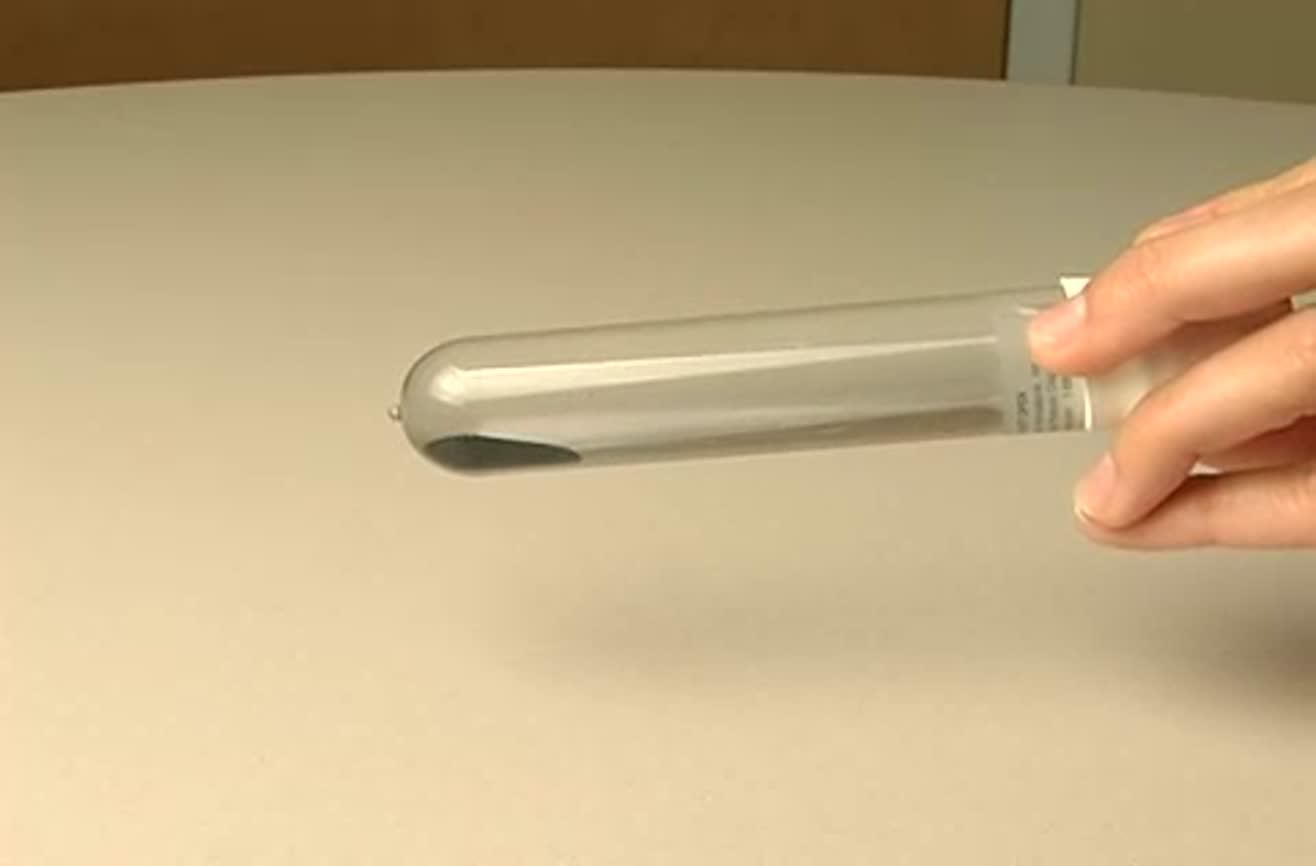

Add an elution buffer to elute molecules from beads.Add a wash buffer to clean the beads bound to your molecules of interest.Place your container of solution on a magnetic rack.Mix solution containing molecules of interest with magnetic beads.A simple protocol for using magnetic beads Purification of proteins from liters of medium or cell lysate can be done equally well because the handling volumes are reduced significantly after the first separation step. Test reactions or sensitive applications like immunoprecipitation can be performed in few microliters, and even automated on microliter robots. With magnetic beads, the principle of separation stays the same regardless of application and volumes. For very sensitive applications requiring only microliters of volumes, such as immunoprecipitation, separation could be incomplete, leading to either loss of material or contamination with agarose beads. When protein expression levels are low, large amounts of starting material need to be applied to rather small volumes of agarose beads, which can be a time-consuming process. when moving to higher purification scales) requires optimization. Non-magnetic agarose beads can be separated from the medium by centrifugation, by filtration in gravity columns, or on chromatography systems. Too many affinity binding sites offered, on the other hand, will lead to binding of other proteins, making the purification less specific, so that additional purification steps are required in order to obtain pure protein. This is important not only for cost reasons: too little affinity material will result in incomplete binding of the protein in the solution. Every protein purification process requires several separation steps, therefore efficient separation has a large impact both on processing time, and purification success.įor all protein purification experiments, it is important to adjust the amount of affinity beads to the amount of protein in the starting material. when substances like glycerol are added to reduce non-specific binding.

Viscosity of these solutions can vary, e.g. salt concentrations, pH) that induce binding of the specific protein, removal of contaminants, and elution of the protein of interest. During the wash and elution steps of protein purification, this medium contains buffers of different properties (e.g. In the first purification steps, this medium can be bacterial or cell lysate, cell culture medium or any kind of physiological buffer. The main difference between non-magnetic beads vs agarose beads is the way they are separated from the surrounding medium. Difference between non-magnetic beads vs agarose beads However, for best magnetic behavior a minimal size of 10 µm should be used, especially when working with ferrimagnetic beads (see SEPMAG® protein purification handbook chapter 12).įor maximum flexibility, the chemistry of the affinity functions, as well as the surface, should be identical between magnetic and non-magnetic materials, allowing for easy switching between the two systems. Smaller beads provide more surface area and therefore higher interaction with the protein of interest. Magnetic beads are typically smaller (2-40 µm in diameter).


Non-magnetic agarose beads are typically larger (40-150 µm in diameter) than magnetic beads to reduce back-pressure in chromatography. You will find this post and many more interesting articles about using biomagnetic separation for protein purification in our Advanced Guide to Biomagnetic Protein Purification:Īgarose matrices are available both non-magnetic and with a magnetite (Fe 3O 4) core that renders them magnetic. This mesh allows biomolecules to interact with the first micrometers of the outer shell of the agarose particle, providing a large interaction surface between the functional groups and the proteins of interest, thereby increasing the yields that can be obtained in protein purification. Secondly, agarose particles as a whole consist of a hydrophilic, three-dimensional mesh large enough for proteins to diffuse into. First, agarose shows very low non-specific binding to proteins, increasing the purity of the eluted protein fraction. Magnetic beads vs Agarose beads: Use of Agarose beadsĪgarose is most frequently used as protein purification matrix for two reasons. The choice of these functional groups depends on the protein of interest to be purified, and a large variety is available, including pre-functionalized beads that can be coupled to biomolecules (see SEPMAG® protein purification handbook chapter 4 and 5). Most current protein purification methods use agarose beads carrying affinity functionalities such as IMAC, Glutathione, or antibodies.


 0 kommentar(er)
0 kommentar(er)
